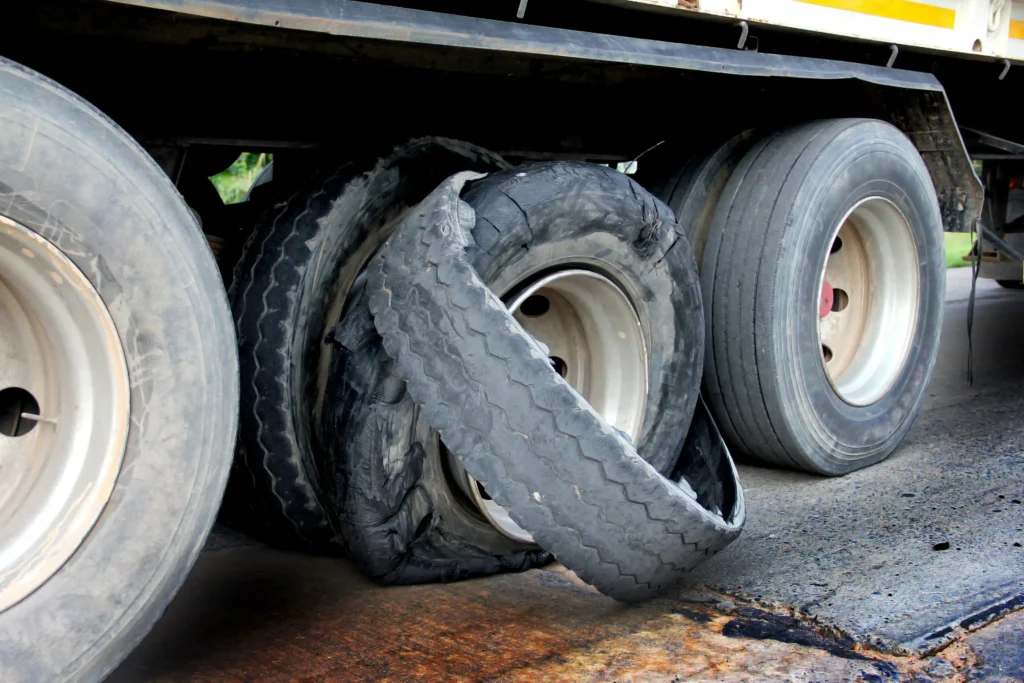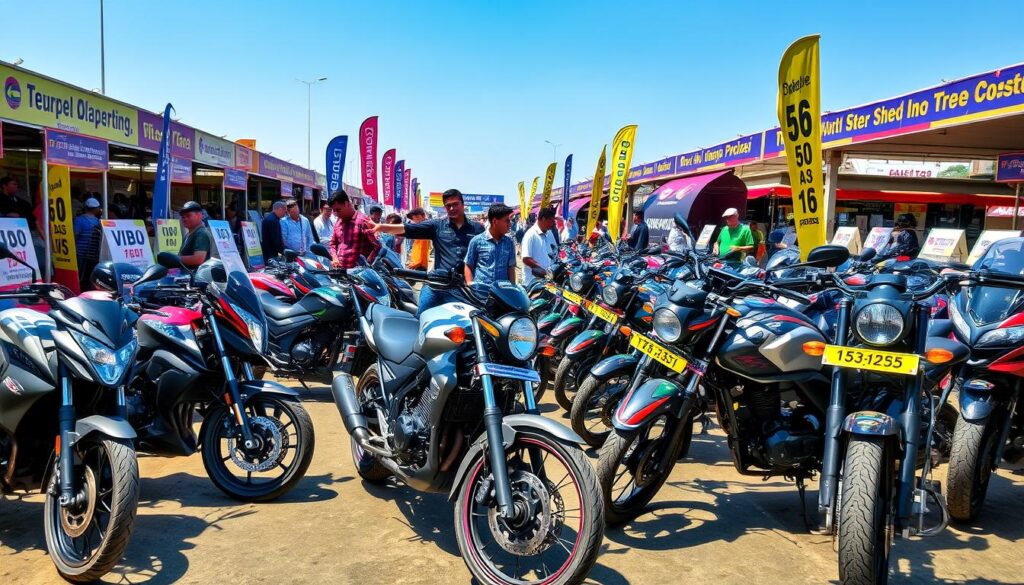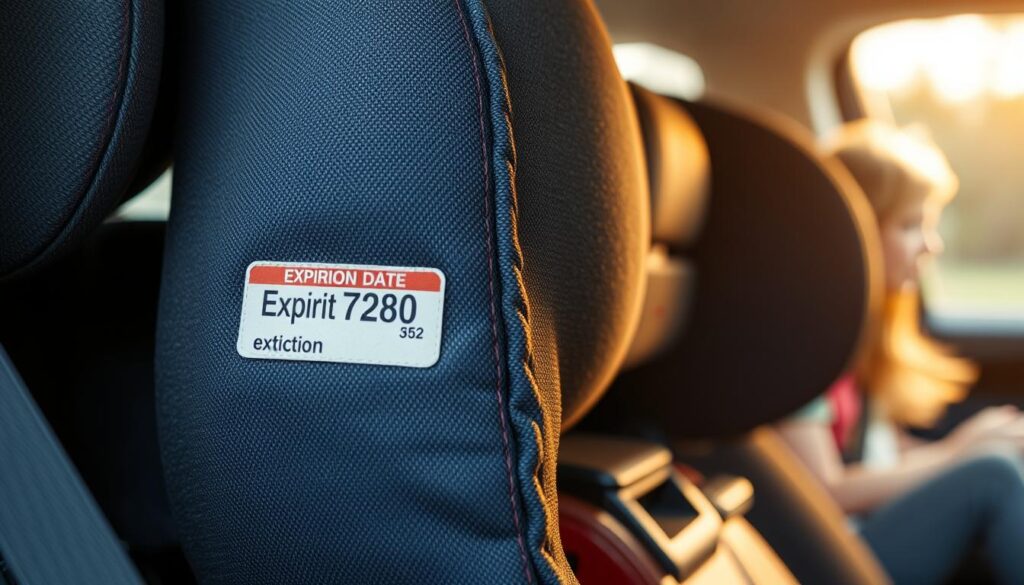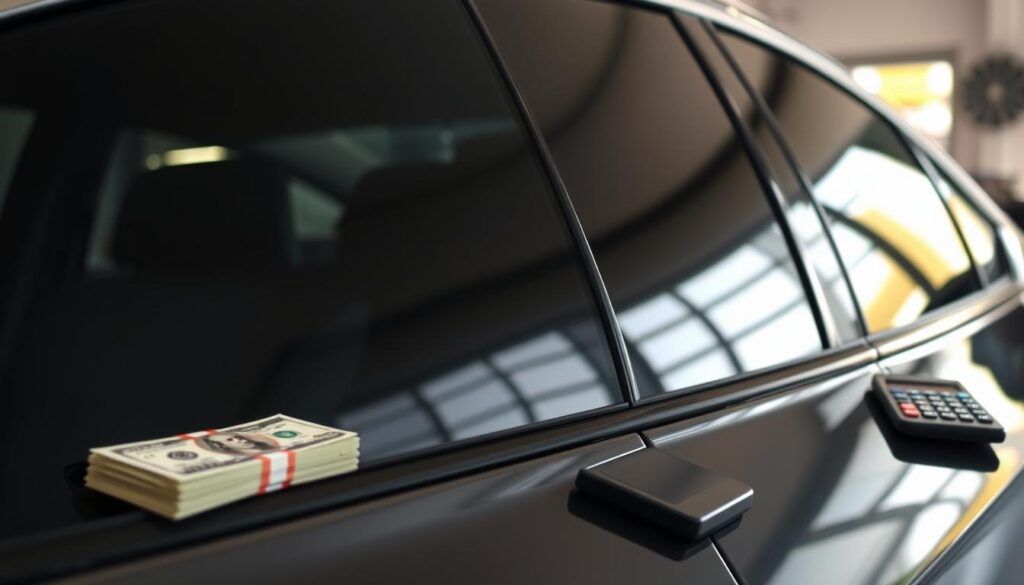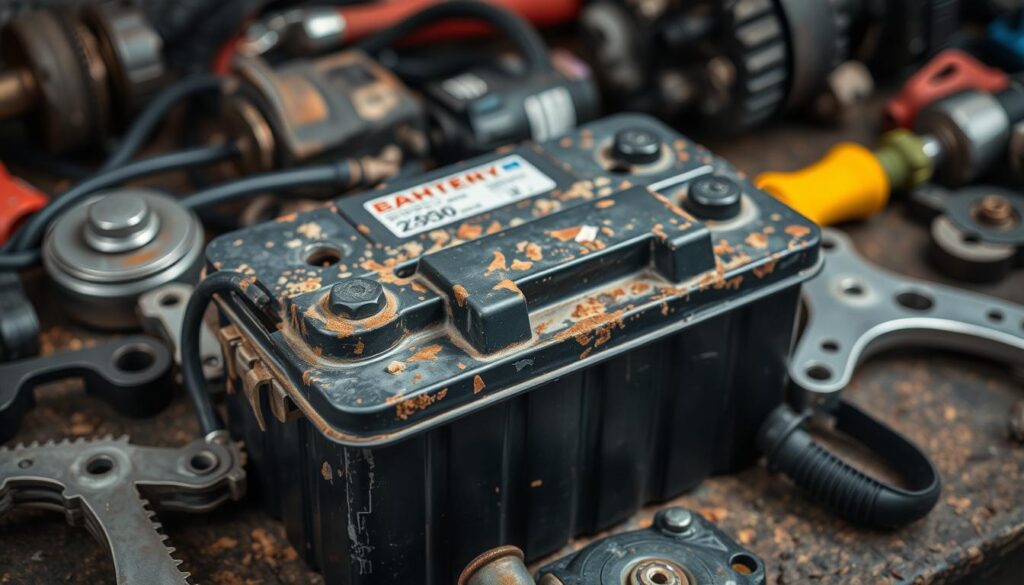Thinking about buying a motorcycle? You might wonder how much it costs. The price of a motorcycle changes based on its type, features, and brand. Knowing about motorcycle prices helps you make a smart choice. The cost isn’t just the initial price but also includes ongoing expenses like insurance, maintenance, and gear. Looking into motorcycle costs, you’ll find a wide price range. Prices can go from a few thousand to tens of thousands of dollars. The price depends on what you need and want. This article will guide you through motorcycle prices to help you choose wisely. Understanding Motorcycle Price Ranges When you think about buying a motorcycle, knowing the price ranges is key. The motorcycle price range varies a lot, from cheap bikes to high-end ones. The average price can help you choose wisely. The price of a motorcycle depends on its features, brand, and quality. Entry-level bikes are cheaper, costing between $3,000 and $8,000. They’re perfect for new riders or those watching their budget. Mid-range bikes have better features and performance, priced between $8,000 and $15,000. There are also premium and luxury bikes, priced over $15,000. These high-end bikes offer top performance, advanced tech, and special features. It’s important to think about your budget, riding style, and preferences to find the right bike in your average motorcycle price range. When looking at affordable motorcycles, consider these factors: Knowing the different price ranges and features helps you choose the right motorcycle. This way, you can find a bike that fits your needs and budget. How Much Does a Motorcycle Cost Based on Type When looking at a motorcycle buying guide, think about what type you need. Different motorcycles cost different amounts. Knowing this can help you choose wisely. For example, if you’re on a tight budget, look at entry-level models. Exploring different motorcycles shows each has its own benefits and drawbacks. Fuel efficiency, maintenance, and insurance are key things to think about. For example, sport bikes use less fuel but cost more to insure. By looking at these factors and weighing the pros and cons, you can pick the right motorcycle. Research and compare prices to get the best deal. Also, remember to include costs for gear and safety equipment for a safe ride. Factors That Impact Motorcycle Prices When you’re looking to buy a motorcycle, it’s crucial to know what affects the price. The cost can change a lot based on the maker, model year, engine size, and features. To find a motorcycle that’s easy on the wallet, you need to look closely at the bike’s condition, how many miles it has, and any special features or upgrades. The brand of the motorcycle is a big factor in its price. Different brands offer unique qualities, quality, and performance. The model year and engine size also matter a lot. For instance, a newer bike with a bigger engine will cost more than an older one with a smaller engine. Some important motorcycle cost factors to think about include: Knowing these factors and how they affect the average motorcycle price helps you make a better choice. It’s also key to check the market value of the motorcycle to make sure you’re paying a fair price. With some research and careful thought, you can find a motorcycle that’s affordable and fits your needs and budget. New vs. Used Motorcycle Costs Choosing between a new or used motorcycle is a big decision. The cost can vary a lot. New bikes often come with a warranty, which can save you money on repairs. Think about maintenance, insurance, and long-term costs when deciding. Used bikes might be cheaper upfront but could cost more over time due to repairs. Benefits of Buying New New motorcycles have the latest tech and safety features. They also come with a warranty. Plus, they tend to cost less to maintain and repair. Advantages of Used Motorcycles Used bikes can save you money, with lower prices and insurance costs. They’re a good choice for beginners, helping you understand the costs of motorcycle ownership. Depreciation Considerations Depreciation is key when buying a motorcycle. New bikes can lose half their value in a few years. Used bikes have already taken the biggest hit, making them a better investment. Choosing between new and used depends on your needs. Weighing the costs and benefits will help you find the right bike. This way, you’ll understand the total cost of a motorcycle. Motorcycle Type New Price Used Price Sport Bike $10,000 – $20,000 $5,000 – $15,000 Cruiser $8,000 – $18,000 $4,000 – $12,000 Adventure Bike $12,000 – $25,000 $7,000 – $18,000 Additional Costs of Motorcycle Ownership Thinking about buying a motorcycle? It’s key to know the extra costs involved. A good motorcycle buying guide will cover these expenses. This way, you can make a smart choice. Costs like insurance, maintenance, and gear play a big role in the total motorcycle cost factors. Insurance costs change based on where you live, how much experience you have, and the bike type. It’s smart to shop around for the best insurance deal. Keeping your bike in good shape is also important. This means budgeting for regular upkeep like oil changes and tire rotations. If you’re looking for best budget motorcycles, think about all costs. Here are some extra costs to keep in mind: By considering these extra costs, you can choose the right motorcycle. Make sure to compare prices and think about the motorcycle cost factors overall. This way, you’ll get the most value for your money. Cost Factor Estimated Cost Insurance $200-$500 per year Regular Maintenance $500-$1,000 per year Gear and Safety Equipment $500-$1,000 Conclusion: Making Your Motorcycle Purchase Decision When searching for the perfect motorcycle, consider all the factors we’ve covered. Whether you love the excitement of a sport bike, the timeless look of a cruiser, or the adventure of an adventure bike, choose wisely. Your decision should match your budget, needs, and likes. Knowing the different price ranges and the costs of owning a

